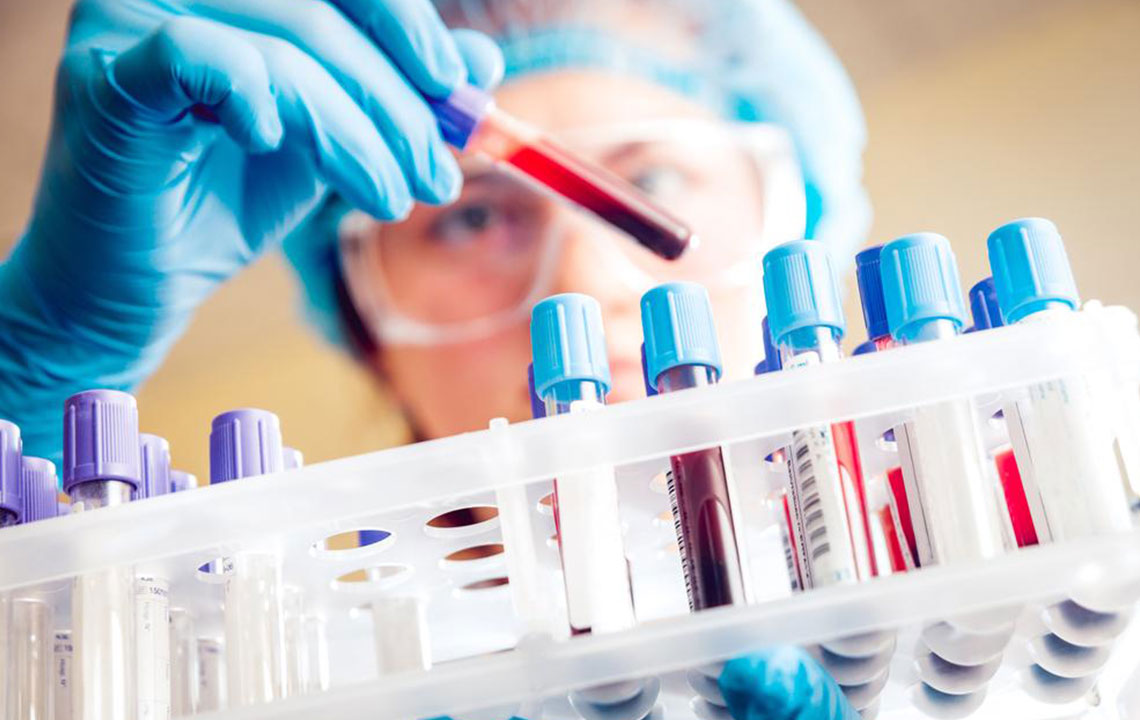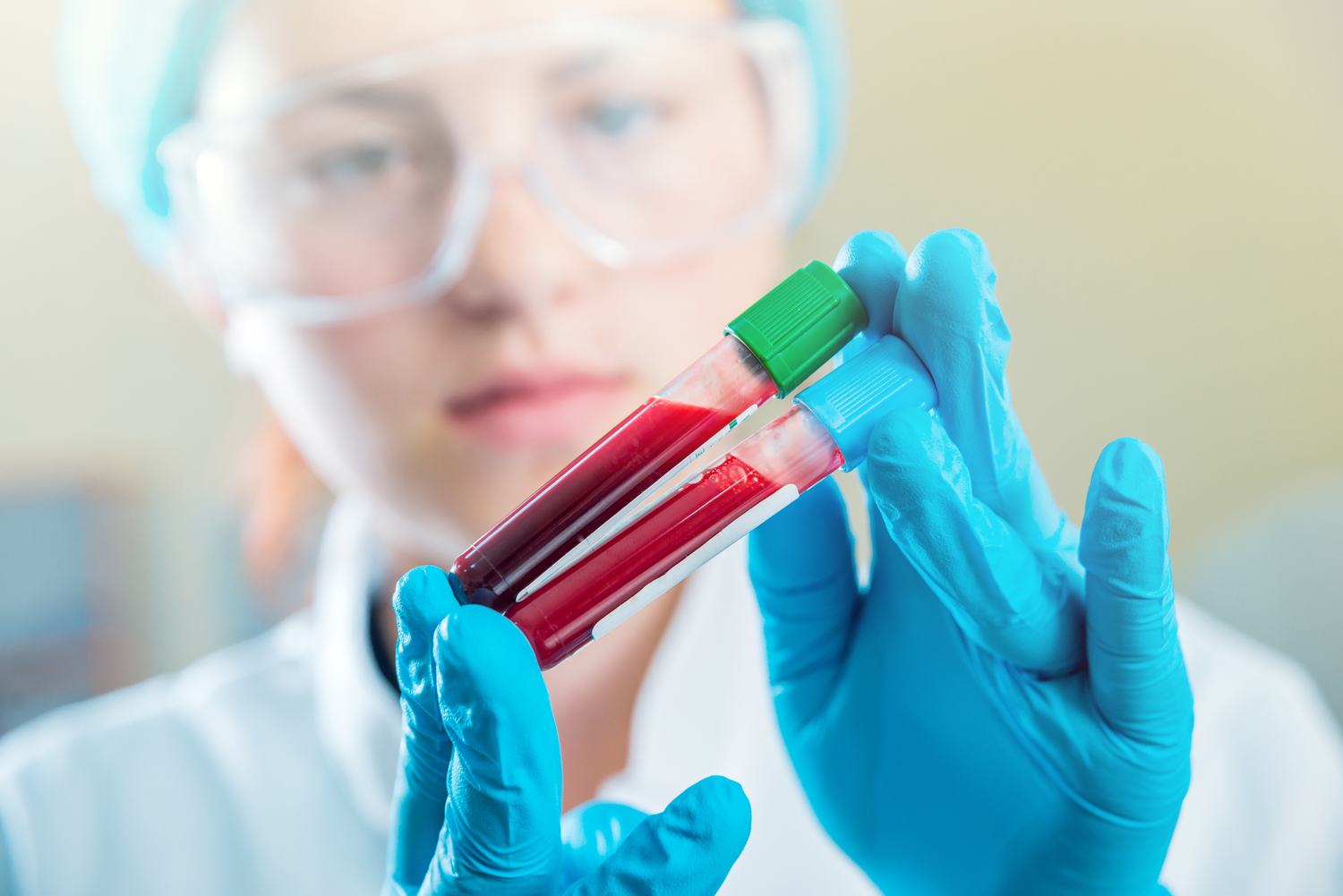Comprehensive Insight into Hematologic Malignancies: Types, Diagnosis, and Treatment Strategies
This article provides an in-depth overview of hematologic cancers, including their types, symptoms, diagnostics, and treatment options. It highlights risk factors, treatment modalities such as chemotherapy, radiotherapy, and immunotherapy, and discusses potential side effects. The content aims to educate readers about blood cancers' broad impact, early signs, and advancements in management strategies, offering valuable insights for patients and healthcare providers seeking comprehensive understanding of these complex diseases.

Comprehensive Insight into Hematologic Malignancies: Types, Diagnosis, and Treatment Strategies
Blood cancers: Classification, detection, and management options
Hematologic malignancies encompass a variety of diseases affecting blood, lymphatic tissues, and bone marrow. They are among the most common forms of cancer worldwide. In the United States, nearly every three minutes, someone receives a diagnosis related to blood cancers, affecting both adults and children, emphasizing their widespread impact.
Here is key information on different types, symptoms, diagnostic procedures, and treatment options for blood cancers:
What are the primary categories of blood cancers?
Leukemia involves abnormal growth of mutated white blood cells in the blood and bone marrow.
This disease results from unchecked proliferation of abnormal WBCs, impairing immune system functionality and infection defense.
Lymphoma targets the lymphatic system, multiplying abnormal lymphocytes that weaken immunity against infections.
Multiple Myeloma impacts plasma cells producing antibodies; cancerous plasma cells multiply rapidly, decreasing antibody production and raising infection risk.
Signs and symptoms of blood cancers
Symptoms include fever, night sweats, dizziness, appetite loss, breathing difficulties, and nosebleeds.
Patients often experience steady weight decline and persistent fatigue.
Swollen lymph nodes in neck, armpits, or groin are common indicators.
Other signs may include oral sores, skin red spots, and easy bruising.
Women could notice heavier-than-normal menstrual bleeding.
Some blood cancers, like acute leukemia, may not show early symptoms, only becoming apparent in advanced stages.
Risk factors for blood cancers
Genetics: Family history of blood or other cancers.
Previous cancer treatments such as chemotherapy or radiation.
Exposure to harmful chemicals like benzene from cigarette smoke, cleaning agents, or adhesives.
Autoimmune conditions, HIV, or AIDS increases susceptibility.
Diagnosis methods for blood cancers
Blood tests and bone marrow biopsies are primary diagnostic tools.
Imaging scans including X-rays, PET, and CT scans aid in staging.
Physical examinations to detect enlarged lymph nodes are routine.
Cancer staging guides treatment planning based on severity.
Treatment options for hematologic tumors
Therapies are tailored to the specific type and progression of the disease.
Chemotherapy, delivered orally or via injection, aims to eliminate cancer cells.
High-dose chemotherapy combined with stem cell transplants can restore healthy blood cells.
Radiation therapy employs targeted high-energy rays against malignant tissues, especially in lymphoma cases.
Surgical removal of the spleen might be necessary in some scenarios.
Innovative treatments like immunotherapy enhance immune responses to fight cancer independently.
Potential side effects of treatment
Complications include cytopenias that increase infection risk, mouth ulcers, hair loss, and digestive issues.
Patients often face nausea or vomiting post-therapy.
Infusion-based therapies typically result in more pronounced side effects compared to oral medications.


